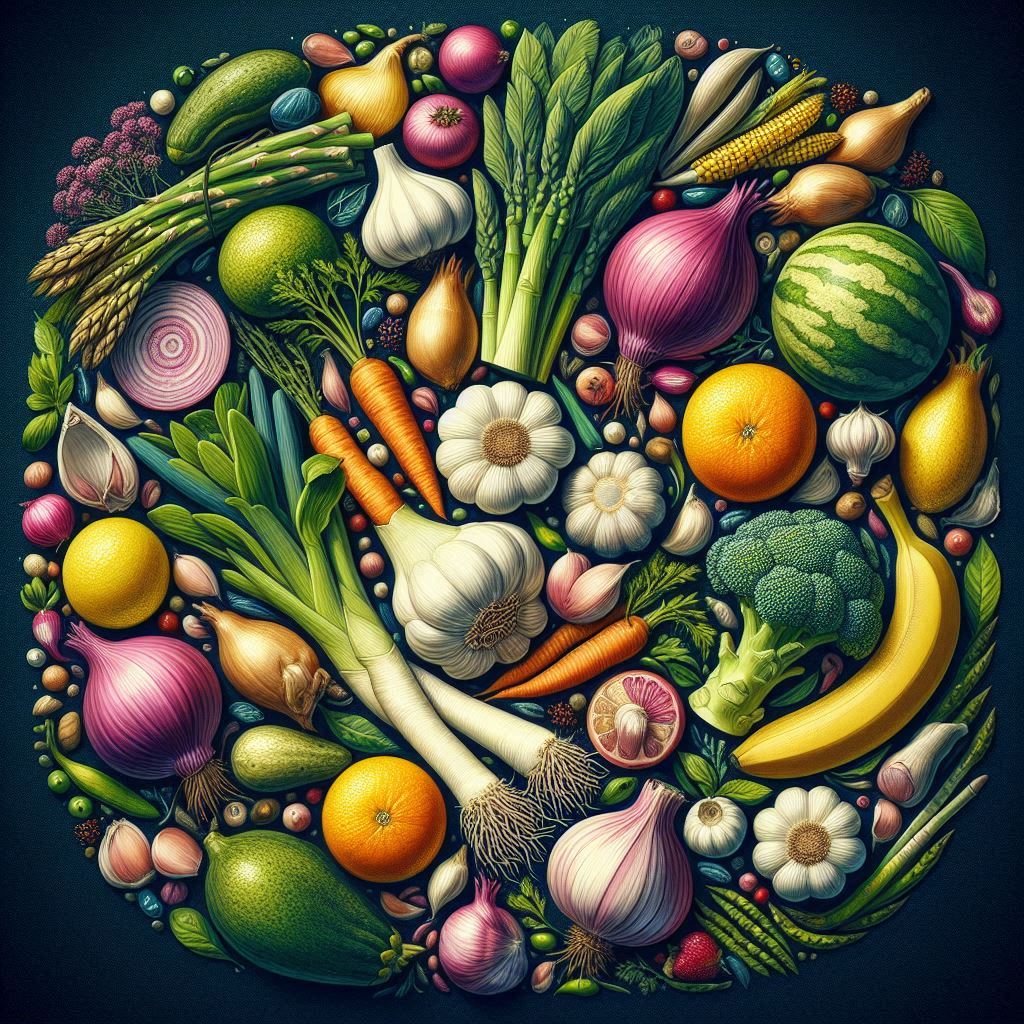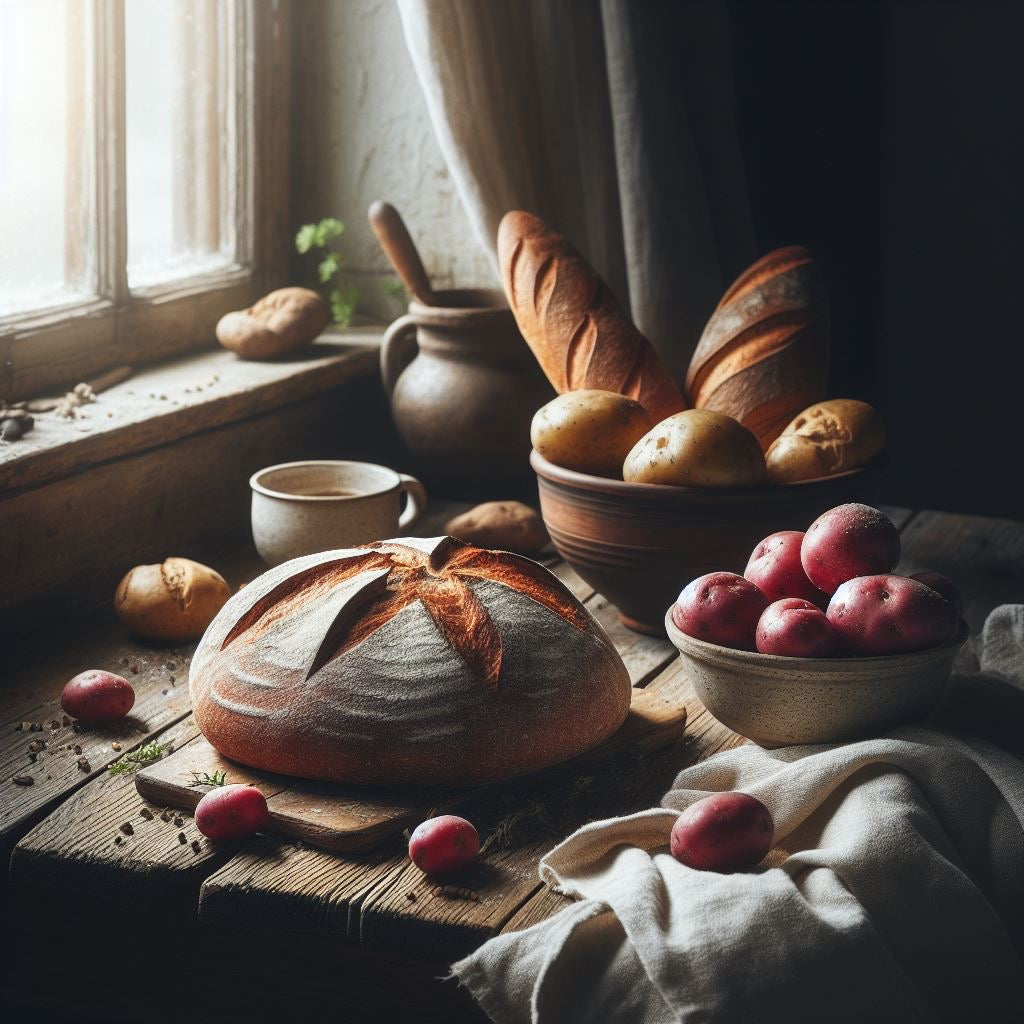To get the best out of 'ANGEL MIX'
To be able to prepare high quality gluten-free Croissants, Dumplings, Puff Pastries and Viennoiserie products with our Angel Mix, it is important to carefully follow the recipes provided and respect all the steps described.
In addition to these, you will find in this article a whole series of "Chef's secrets" that can be useful to prevent more or less important "disasters" and churn out high-quality gluten-free leavened products, without waste, beautiful to look at and delicious to taste.
Don't be scared, these are not rules to be memorized: these "tips" are the result of thousands of tests performed day after day, and they are offered to you to avoid (re)making the same mistakes we made, while we were developing our recipes!
They are in no particular order, as they will be updated as it becomes necessary to add others, mainly the result of discussions with our customers.
SO..
- It is important that the water used for the dough is cold from the refrigerator, even more so if the processing is carried out in a particularly hot environment or during the summer season. This allows you to obtain a firm and well-hydrated dough that will allow you to collect and laminate the fat from the pastry without problems.
- It is important that the consistency of the dough obtained, before the lamination phase, is correct: it must not be hard or dry or too "dense", but be compact, firm, slightly sticky, soft but tenacious, but not soft or fluffy. . Better to increase hydration and correct with abundant sprinkling, rather than adding too little water and finding yourself with a stiff dough or one with little elasticity, which tears easily!
This is why it is important to do the first tests with small quantities of product, in order to check the hydration capacity of the ingredients you are using and make the necessary changes, if necessary. - Professional puff margarine is the best solution for obtaining a well-rolled dough, but excellent products can also be obtained with "battle" margarines such as those found on the refrigerated counter of large-scale retail trade. The substantial difference is that the former tolerates temperature changes much better and above all does not create major problems even if used in very hot environments, while non-professional margarine - when used in such conditions - must be refrigerated for a few minutes: this is the The cold water used for the dough will ensure the right temperature and lamination can be carried out without particular problems.
- The non-professional margarine to be used MUST NOT BE the "spreadable" type and must have at least 80% fat. We have noticed that products rich in rapeseed oil give a lower yield than other types. This means that the product will develop less during the leavening and cooking phases.
- The product is "perfect" when, at the end of cooking, it leaves the baking tray dry and has not lost any fat.
- Avoid the automated leavening programs found in some professional ovens: these types of programs are designed for "normal" leavened products, while gluten-free products are in a completely different "class". The humidity necessary to develop a "glutinous" leavening is likely to suffocate the gluten-free product, compromising the final result which will be poorly developed and with large "fractures" on the surface, which will cause loss of fat and a poorly leavened final product , slightly peeled and heavy.
- The best way to leaven croissants, parcels, etc. is to use a static leavener without humidity, at 42°C, but being careful to place the trays in slightly greasy plastic bags. This will create the ideal microclimate for the development of the product, which will be able to rise and grow optimally. Alternatively, it is possible to place a tray with water, but it is imperative that too much humidity does not form, which would inhibit the leavening process. The recommended humidity is between 60% and 80%.
- Our recipes are designed to be personalized by you. However, this does not mean improvising substitutions or modifications in the leavening or baking procedures, times and temperatures. If, in a given recipe, there is a type of starch and a certain quantity of water, randomly changing these elements could lead to the final product being unsuccessful.
- If pastry making is "chemistry", gluten-free pastry making is "nuclear engineering", so attention to weights, temperatures, times, etc. it's even more fundamental!
- It is difficult to find the optimal dough on the first try, so at least at the beginning do small tests with modest quantities of dough and if possible carry out the rolling phase by hand. Touch the dough, recognize its consistency, feel how it reacts to manipulation, etc. it will allow you to predict and prevent future errors and you will learn to become familiar with the process. It seems a bit "naive" as a concept, in reality it is very important to combine the objective precision of quantities, times and temperatures with one's own manual ability and sensitivity: this is precisely the concept of "Craftsmanship" that is now is lost but which continues to be shamelessly trumpeted from the rooftops by those who boast of "artisanal" productions and then do not know the difference between a "simple round" and a "double round" or use ready-made and finished mixes to which they only have to add the water. But that's a whole other story...
- Recipes are important, it's true. BUT it may happen that certain ingredients you have available have a different yield from those (albeit numerous) that we have tested. A starch that requires slightly higher hydration, a sugar with a lower degree of grinding than common sugar: this alone, for example, could affect the perfect success of the recipe, with a yield lower than expected. So, again: yes, the recipe is important, but also pay attention to the ingredients you use which may require more attention. And if you have any doubts, we are here to help. Always.
- It is important that the dough is prepared correctly but it is not essential that it is made as described in our recipes. If - for example - we write to work the ingredients in the mixer using the "hook" but you only have the "leaf", that's fine too. What makes the difference is that the dough obtained is well worked, smooth, homogeneous and elastic, without lumps or apparent irregularities.
- Our recipes for croissants, pain au chocolat, etc. they were tested with many different margarines, both professional and "homemade", those found in the supermarket refrigerated counter. The yield has always been excellent, regardless of the product used, but it is indisputable that some margarines have a higher yield, both in terms of taste and in terms of product development, leavening and cooking. If the result you get doesn't satisfy you, try changing margarine! Side note: professional margarines are obviously better performing, and are easier to use even at high temperatures, for example in the summer period. BUT we must admit that the best results, in terms of quality/price ratio, product development and yield and taste, were obtained with discount margarines, on which initially we would not have bet a cent but which, after the appropriate and due to the testing phases, they have proven to be (almost) unbeatable, even compared to much more renowned, expensive and difficult to find brands! It is essential, don't forget, that THEY ARE NOT spreadable margarines, those ARE NOT GOOD. And obviously, we have repeated it several times in the recipes, do not use butter for laminating: the leavening temperature is too high and the fat would melt, irreparably compromising your work.





Share:
Puffed tomato savory croissants
Wholemeal flaked sweet croissants